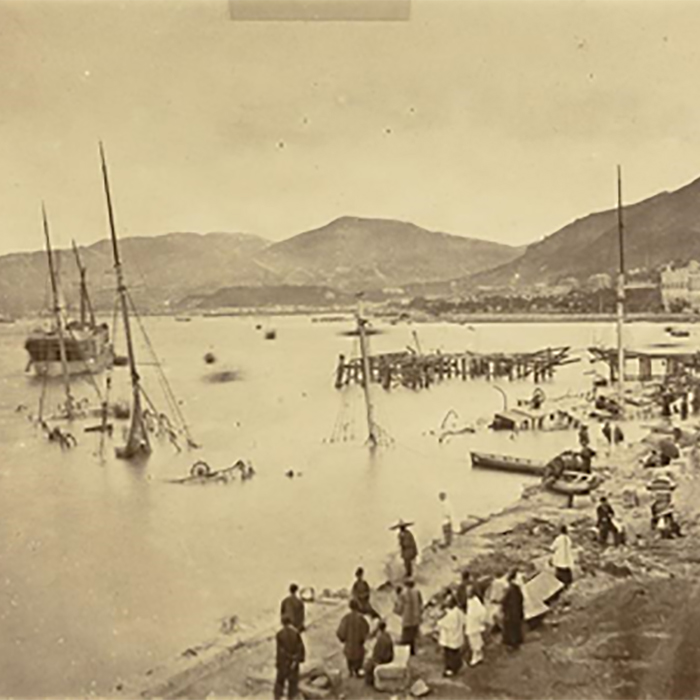Constructing climate: The Hong Kong Observatory and meteorological networks within the British imperial sphere, 1842 – 1912
Cole Roskam, University of Hong Kong
Awards ���������� President's Awards for Research 2020
Category Climate Change

Meteorology emerged as an important science in late-19th century colonial Hong Kong that deepened imperial knowledge concerning the environmental forces affecting the colony’s economic, political, and social affairs and the region at large. This research examines the historical study of climate through the architecture that enabled it, namely, the design and construction of the Hong Kong Observatory, initiated in 1879 at the behest of the London-based Meteorological Society and eventually completed in 1883. Overlooked not only in the architectural history of colonial Hong Kong and Great Britain’s imperial sphere, but in the architectural study of climate more generally, analysis of the observatory and attending controversy surrounding its materialisation offers insight into the spaces, systems, and information that gave definition to the colony’s climate and proved critical to Hong Kong’s governance, commercial culture, and urban development over time. The observatory came to satisfy numerous local needs while ensuring for Hong Kong a consequential position within the tangle of inter-imperial networks present in East and Southeast Asia and the global circulation of trade these networks enabled over the course of the late 19th and early 20th centuries. Archival research in Hong Kong and Great Britain and on-site documentation reveals a facility of unique technical performance that proved essential to rationalising claims of Great Britain’s colonial authority and control over Chinese territory. The entwinement of environmental science and the built environment that took place in and through the observatory remains significant today not only because it productively blurs distinctions between so-called “human” and “natural” histories, but because it illuminates the power dynamics at work in such entanglement. It also reveals architecture to be a useful conceptual scaffolding within which our understanding of humankind’s relationship to climate, and the world at large, may be reconsidered.
